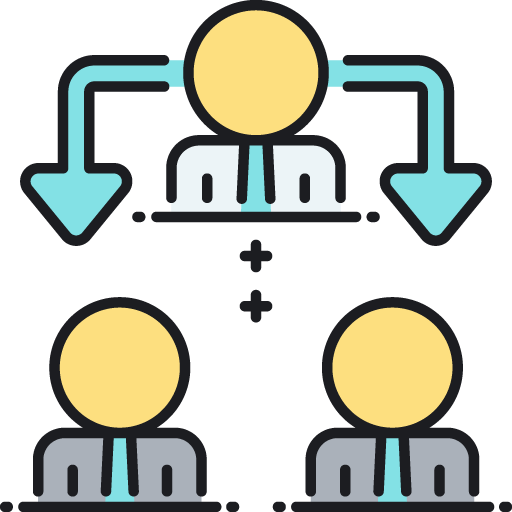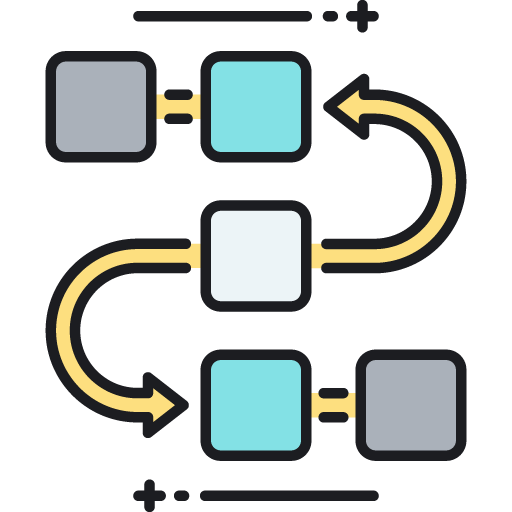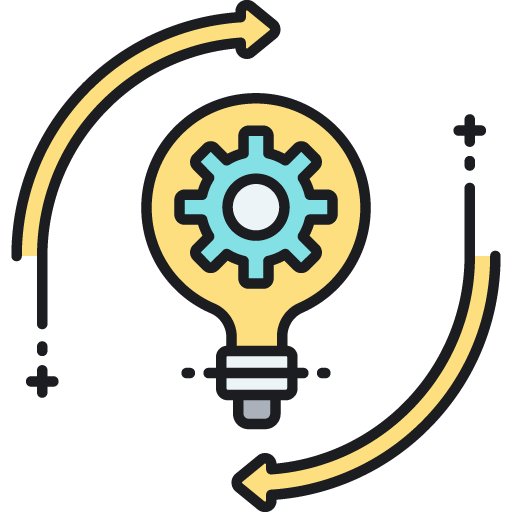
- +44 (0)20 8145 5000
- [email protected]
- 63/66 Hatton Garden, Fifth Floor Suite 23, London, EC1N 8LE
The Kanban System Design course offers a comprehensive learning experience, equipping attendees with the tools and techniques to optimize workflow, enhance team efficiency, and foster a culture of continuous improvement in product and project management.


Why do organizations adopt and implement Kanban? Below are 6 primary reasons for exploring Kanban, and how training delivers those outcomes. Please scroll further down for a comprehensive course outline.






Nader Talai is the CEO of Value Glide and a Professional Trainer certified through Kanban University, Scrum Inc. and Scaled Agile Framework. Nader brings over 3 decades of experience in the technology space, with a little over 20 years experience working as an agile coach, agile consultant, and Kaban Management Professional.
Nader is knowing for blending professional agile training with a unique combination of coaching and consulting to enhance the learning experience, provide pragmatic and actionable recommendations to delegates, and empower practitioners to start succeeding with Kanban immediately.

Short videos that address some of the most common questions we're asked about Kanban and Kanban training.






Outline of topics and learning objectives.
Got a question about the course that you would like answered before you commit? Perfect. We're here to help. Click the button and send us an email with your query and our team will get back to you within 24 hours. Guaranteed.
©2024. Value Glide. All Rights Reserved.
Website created & supported by FireWerks Marketing + Design